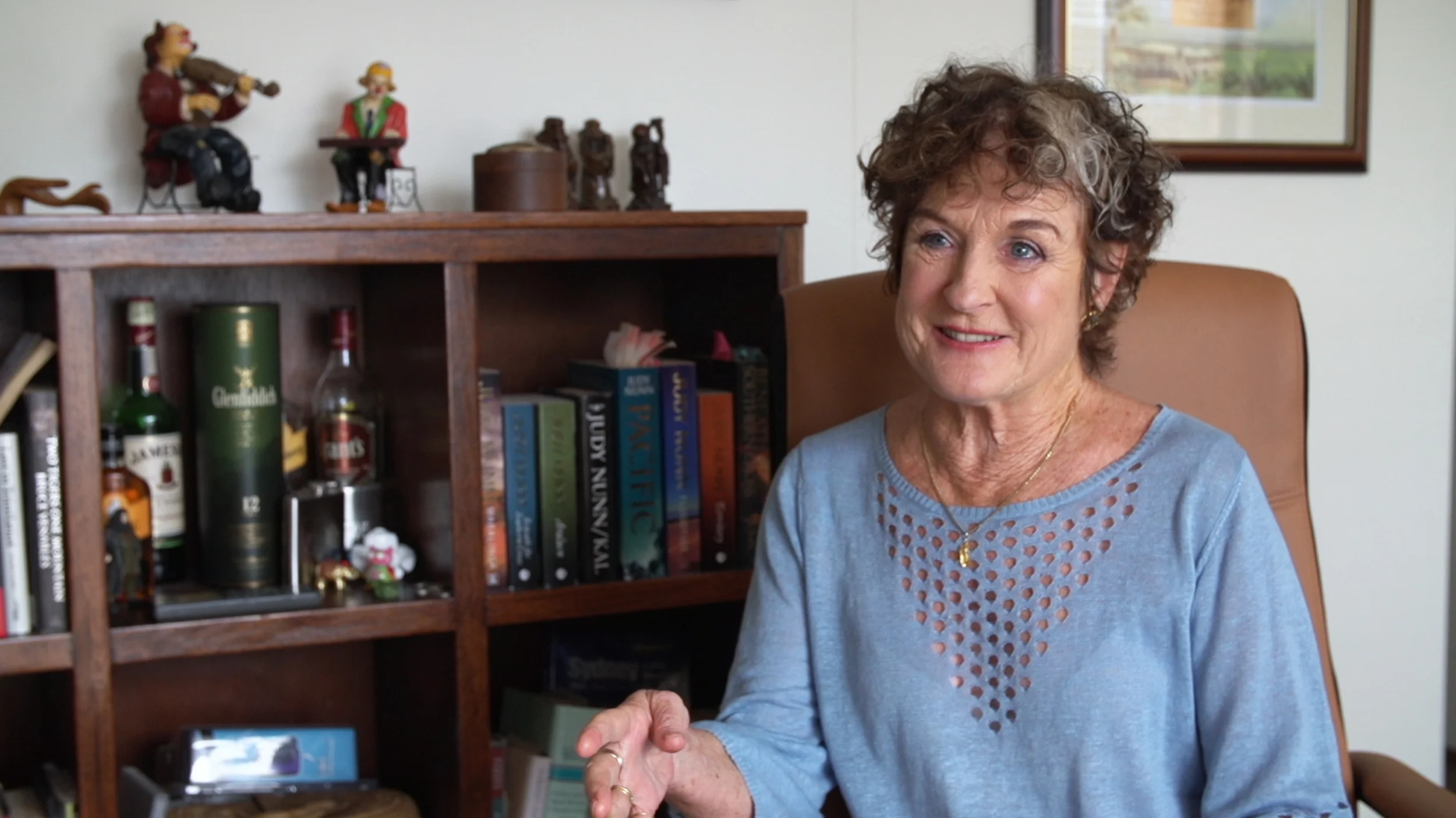

Q&A: Judy Nunn and
Spirits of the Ghan
Tell us about your new book, Spirits of the Ghan.
It’s about the completion of the last leg of the Ghan Railway from Alice Springs to Darwin. Construction to Alice was completed in 1929, but the final link to Darwin was never finished. When it finally opened in 2004, it was the long overdue completion of a dream.
The project brings together Matt, a young surveyor, and Jess, an Aboriginal/Irish woman who is a negotiator working with the indigenous community in the Red Centre. Both Jess and Matt have been raised in the city, yet they come from very different backgrounds. There’s a collision of cultures and some interesting family dynamics.
Do you have a favourite character?
I like Jess very much, she shows great strength and yet she’s vulnerable. In the beginning Jess is nearly crushed by some bad experiences and she has to dig deep to survive them.
What drew you to the setting of Australia’s Red Centre?
This great rail project involves men literally blasting their way through the land to lay the line, and it has an impact on everyone – those who work on it and those who live there. And there’s an intriguing spiritual element. Not that I’m particularly spiritual, but in these remote areas you really do get a very strong spiritual feeling from the land itself.
Spirits of the Ghan is available November 2015: Master storyteller Judy Nunn has now sold over 1 million books worldwide. In her spellbinding new bestseller she takes us on a breathtaking journey deep into the red heart of Australia.
What first sparked the idea for this novel?
I’d wanted to set a book in the Red Centre, so that was part of it, but I took a trip on the Ghan Railway. Looking at those endless steel tracks made me think about what they represented, not only as a great engineering feat, but how they impacted this ancient land and its culture.
What was your goal for the book, when you first set out to write it?
I don’t write to send messages, I set out to tell a good story. But I always like to have a moral core to the book. That helps inspire me. I wanted people to think about what their beliefs are – do they believe in an afterlife?
Tell us about your trip. What’s it like to travel on the Ghan?
It can be desolate in parts, but it has a beauty all of its own - you’ve never seen a sunset like a desert sunset. It’s regarded as one of the great railway trips. It takes three days and two nights to travel 2,979 kilometres from one end to the other, and it’s lovely, luxurious… It’s like the Orient Express.
Can spending time in such a powerful place change a person?
One of my main characters, Matt, set outs to do something highly risky. You think, ‘Crikey, are you going to be able to pull this off?’ But I found myself picking up this can-do attitude. It’s the Territory, you can get away with a lot there!
Researching the real-life story behind the railway must have been fascinating.
My cousin, who is a surveyor, and two of his mates were fantastically helpful, and I spent a lot of time in the Ghan Museum in Alice Springs. It was the second biggest civil engineering project in Australia, after the Snowy Mountains scheme. I don’t go into any of the technicalities in my book, but I did discover some interesting facts, things that made me go, ‘Wow, I didn’t know that!’ Like how they build the transitional curves in railway lines. They have to be gradual, no sudden turns. Things you never think about.
Tell us about how you write, when you’re at home. Where do you write? Do you prefer to play music, or to work in silence?
Silence. I have an office at home, and it’s the best room in the house. I live on the coast and look out over the bay to bobbing boats. It’s very serene.
VIDEO: Judy Nunn talks about her writing process




